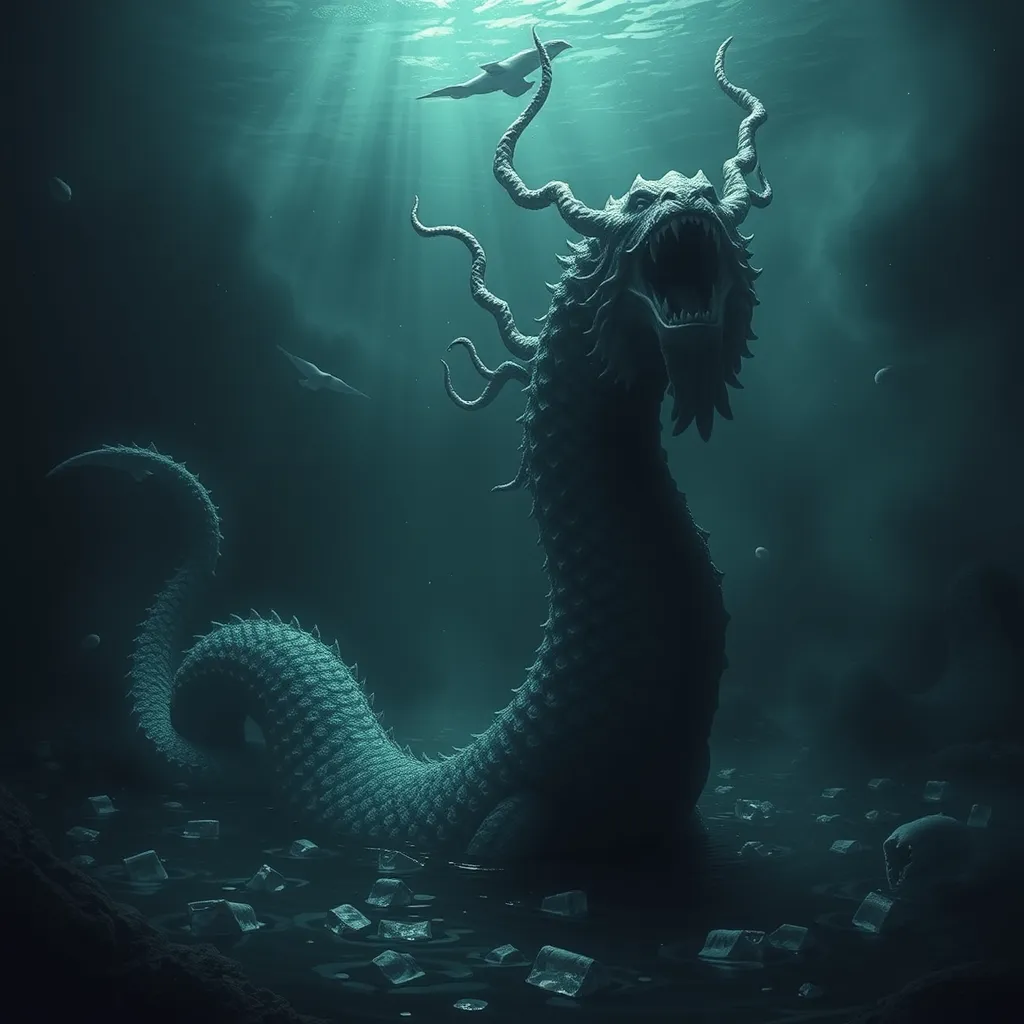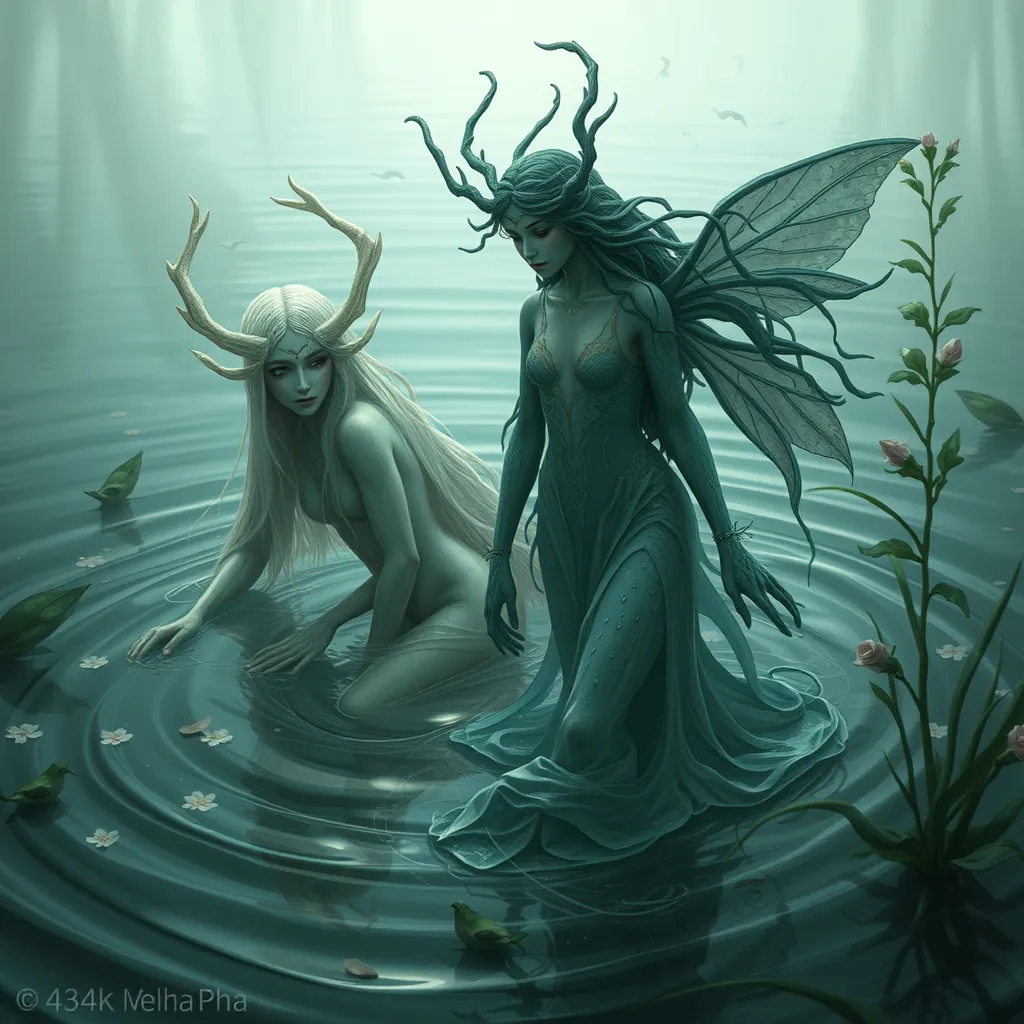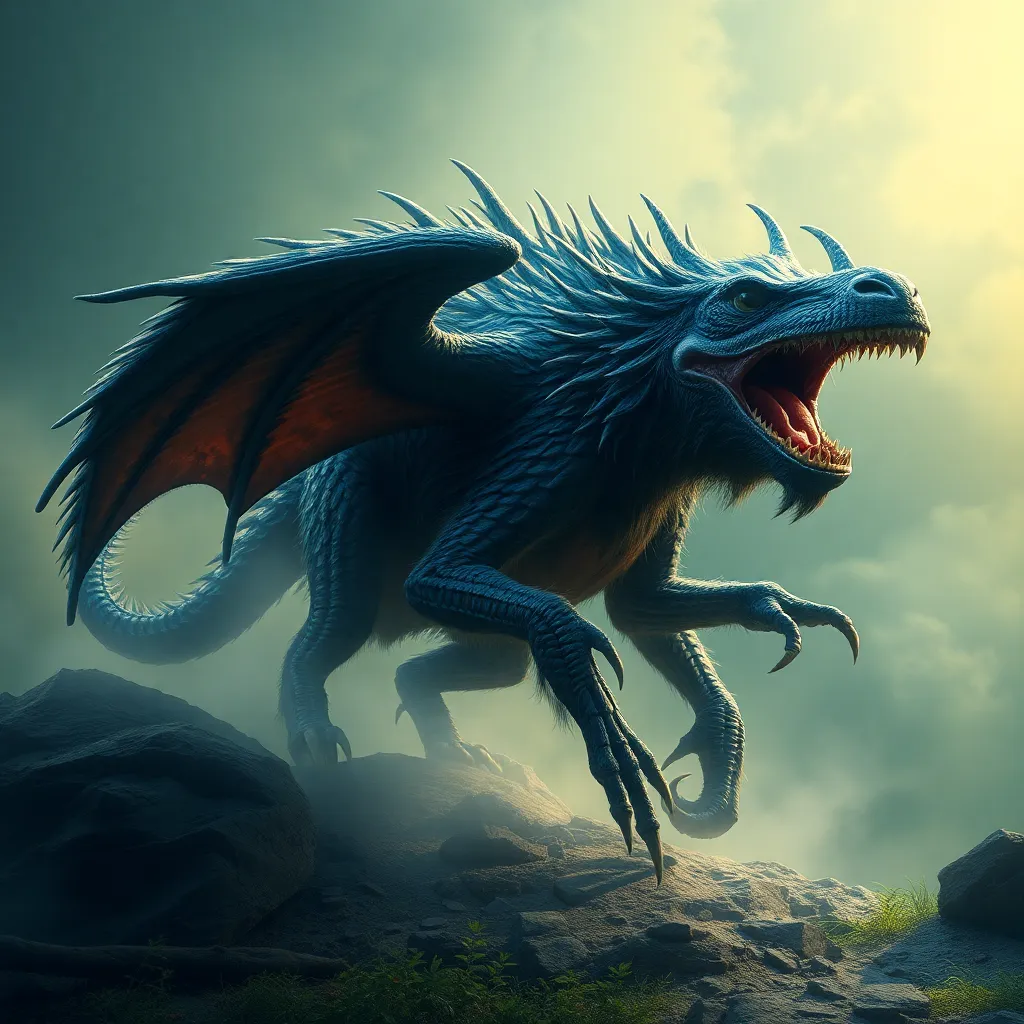Beyond Heracles: The Hydra in Greek Literature and Art
I. Introduction
The Hydra, a formidable creature of Greek mythology, has fascinated audiences for centuries. Known primarily as the antagonist in the second of Heracles’ Twelve Labors, its significance extends far beyond this singular tale. The Hydra embodies themes of chaos, regeneration, and resilience, making it a potent symbol in various cultural contexts. This article aims to explore the multifaceted nature of the Hydra in Greek literature and art, examining its origins, representations, and lasting impact on contemporary culture.
II. The Myth of the Hydra
A. Origins of the Hydra in Greek mythology
The Hydra is often described as a serpent-like creature with multiple heads, born from the union of Typhon and Echidna, two of the most fearsome monsters in Greek mythology. It resided in the swamps of Lerna and was notorious for its deadly venom and regenerative abilities. For every head that was severed, two more would grow in its place, making it a formidable foe for any hero.
B. Description and symbolism of the Hydra
Visually, the Hydra is depicted with a long, serpentine body and numerous heads. Each head possessed its own lethal capabilities, symbolizing the myriad forms of chaos and destruction. The symbolism of the Hydra extends to the themes of struggle and the cyclical nature of life, representing how challenges can multiply when faced head-on.
C. The Hydra’s role in the Twelve Labors of Heracles
The most famous myth involving the Hydra is its defeat by Heracles. As part of his Twelve Labors, Heracles was tasked with slaying the beast. With the help of his nephew Iolaus, who cauterized the necks after Heracles severed the heads, they ultimately triumphed over the creature. This labor symbolizes the struggle against insurmountable odds, showcasing Heracles’ bravery and ingenuity.
III. The Hydra as a Symbol of Chaos and Regeneration
A. Interpretation of the Hydra as a representation of chaos
The Hydra’s multi-headed form embodies chaos and disorder. Each head represents a different aspect of chaos, suggesting that challenges can be overwhelming and multifaceted. This interpretation resonates with the human experience, where difficulties can seem endless.
B. The regenerative nature of the Hydra’s heads
The most striking characteristic of the Hydra is its ability to regenerate. This regenerative quality symbolizes resilience, as it reflects the idea that overcoming one hurdle often leads to new challenges. It serves as a reminder that the struggle for growth and survival is an inherent part of existence.
C. Connections to contemporary themes of resilience and struggle
In contemporary discourse, the Hydra has been adopted as a metaphor for resilience in the face of adversity. The notion that new challenges arise as old ones are conquered is a theme found in various fields, from psychology to social activism. The Hydra’s legacy as a symbol of struggle is enduring and relevant in today’s world.
IV. The Hydra in Ancient Greek Literature
A. References to the Hydra in early texts (e.g., Hesiod, Apollodorus)
The Hydra appears in several ancient texts, including Hesiod’s “Theogony” and Apollodorus’ “Library.” These early references emphasize the creature’s formidable nature and its place within the broader tapestry of Greek mythology.
B. The Hydra’s portrayal in tragic and satirical works
In addition to epic tales, the Hydra’s image is employed in tragic and satirical literature. It serves as a symbol of the human condition: the relentless battle against fate and the absurdity of existence. Playwrights used the Hydra to illustrate the struggles faced by their characters, often mirroring the Hydra’s regenerative chaos with the trials of life.
C. Literary motifs associated with the Hydra
Common motifs associated with the Hydra include:
- The inevitability of struggle
- The duality of destruction and creation
- The futility of certain endeavors
These motifs contribute to the Hydra’s role as a powerful symbol in literature, resonating with audiences across generations.
V. Artistic Representations of the Hydra
A. The Hydra in ancient pottery and sculpture
Ancient Greek art frequently depicted the Hydra, particularly on pottery and in sculpture. These representations often illustrated the creature in battle with Heracles, showcasing the drama of the confrontation. Artists used various styles to convey the Hydra’s fearsome appearance and the intensity of its struggle with Heracles.
B. Analysis of significant artworks depicting the Hydra
Some notable artworks include:
- The Panathenaic amphorae, which often feature Heracles battling the Hydra.
- Vases from the black-figure and red-figure periods that depict key moments from the labor.
These artworks reflect not only the narrative but also the cultural significance of the Hydra within Greek society.
C. The evolution of the Hydra’s imagery through different artistic periods
Throughout history, the depiction of the Hydra has evolved. In the Hellenistic period, for example, artists began to emphasize the creature’s grotesque features and chaotic form, reflecting a growing fascination with the macabre. This evolution mirrors shifts in societal attitudes towards chaos and struggle.
VI. The Hydra in Later Cultural Interpretations
A. The Hydra in Roman adaptations and interpretations
The Hydra continued to captivate audiences during Roman times, where it was often referenced in literature and art. Roman poets like Ovid incorporated the Hydra into their works, using it as a symbol of transformation and the struggle against monstrous forces.
B. Reimagining the Hydra in Renaissance art and literature
During the Renaissance, the Hydra was reinterpreted in various artistic and literary contexts. Artists like Leonardo da Vinci and poets such as Dante referenced the creature, exploring its themes of chaos and regeneration. This period saw a renewed interest in classical mythology, leading to new representations of the Hydra.
C. The Hydra’s influence on modern literature and popular culture
In modern literature and popular culture, the Hydra remains a potent symbol. It appears in various forms, from fantasy novels to films, where it often represents insurmountable challenges. Its legacy is evident in works that explore themes of resilience, chaos, and the human struggle against overwhelming odds.
VII. Comparative Analysis: The Hydra and Other Mythical Creatures
A. Comparison with other multi-headed creatures in mythology
The Hydra is not alone in the realm of multi-headed creatures. Other notable examples include:
- The Chimera, a fire-breathing monster with a lion’s head, a goat’s body, and a serpent’s tail.
- The Cerberus, a three-headed dog guarding the entrance to the Underworld.
Each of these creatures serves a unique narrative function, but the Hydra’s regenerative abilities set it apart, emphasizing the theme of chaos and the relentless nature of struggle.
B. The Hydra’s unique attributes and cultural significance
The Hydra’s most distinctive attribute is its regenerative capability. This feature symbolizes the idea that challenges can multiply, making it a fitting metaphor for life’s complexities. Its representation of chaos and resilience resonates deeply with various cultures, highlighting its enduring significance.
C. The narrative function of the Hydra in broader mythological contexts
In broader mythological contexts, the Hydra serves as a catalyst for heroism. The struggle against the Hydra reflects the universal theme of confronting one’s fears and the chaos that life presents. This narrative function reinforces the importance of courage and ingenuity in overcoming life’s obstacles.
VIII. Conclusion
The Hydra remains a powerful symbol beyond its association with Heracles. Its representation of chaos, resilience, and the human struggle resonates in ancient literature and art, as well as in contemporary discourse. As we continue to grapple with the complexities of life, the Hydra’s legacy serves as a reminder of the challenges we face and the strength required to overcome them. The Hydra’s enduring presence in literature and art underscores its significance as a cultural icon, inviting reflection on our own battles with chaos and the pursuit of regeneration.



